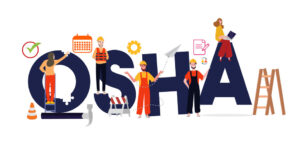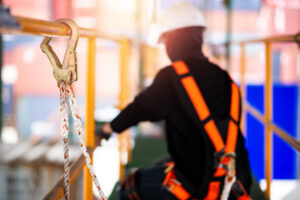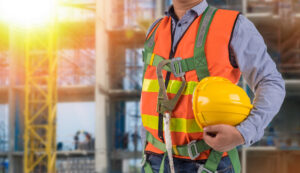Safety courses can be very essential to the actual safety of your workplace, whether it’s a simple office or a construction place where people can actually get hurt very easily if they don’t know what they’re doing. Unfortunately however, there are misconceptions regarding the more basic safety courses that are typically reserved to office workers and employees working in convenience stores who aren’t usually under a great threat of injury. According to OSHA, even in these cases it’s not a good idea to cut corners when investing in safety courses for your employees.
The great thing about the best safety courses out there is that they teach practical safety training tips and vital information that has to be applied in a practical way to prevent accidents and injuries. Unfortunately, cheaper training courses are somewhat more vague, and they don’t provide as much support when it comes to practical learning.
You should never cut corners on investing in practical safety training courses, because the safety, health and possibly even the life of your staff might hang in the balance. Imagine a fire breaking out at the office and nobody knowing how to use the fire extinguisher properly. Similarly, there could be cases where an employee falls down the stairs or hits herself on the concrete floor and requires immediate first aid. All these issues are covered in your work safety course, so make sure that you invest in the best safety training course for even your most sheltered employees.











